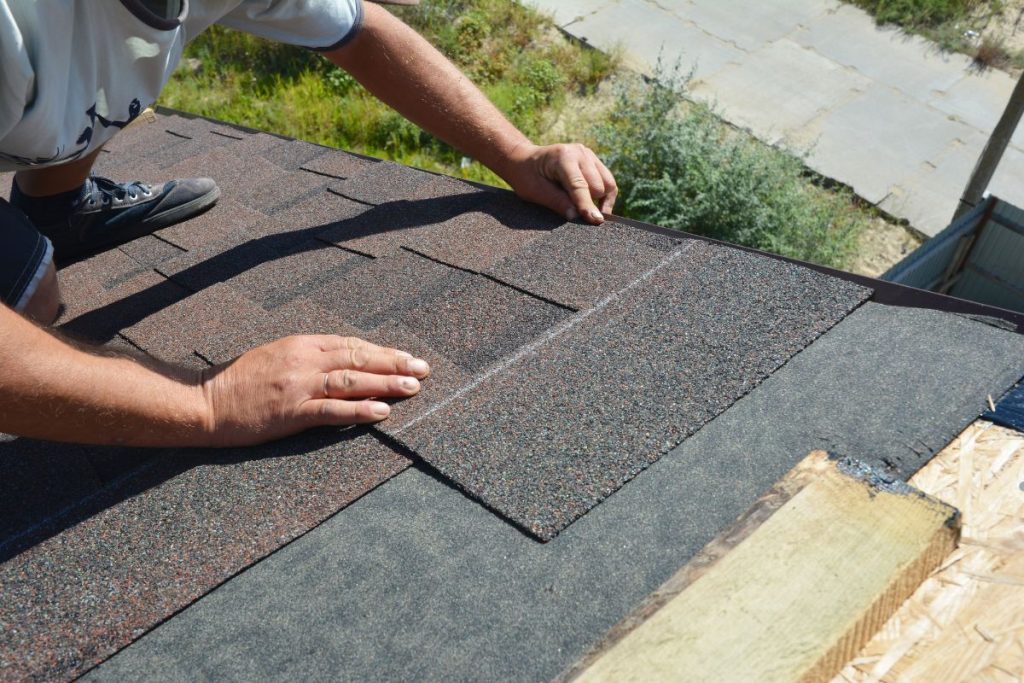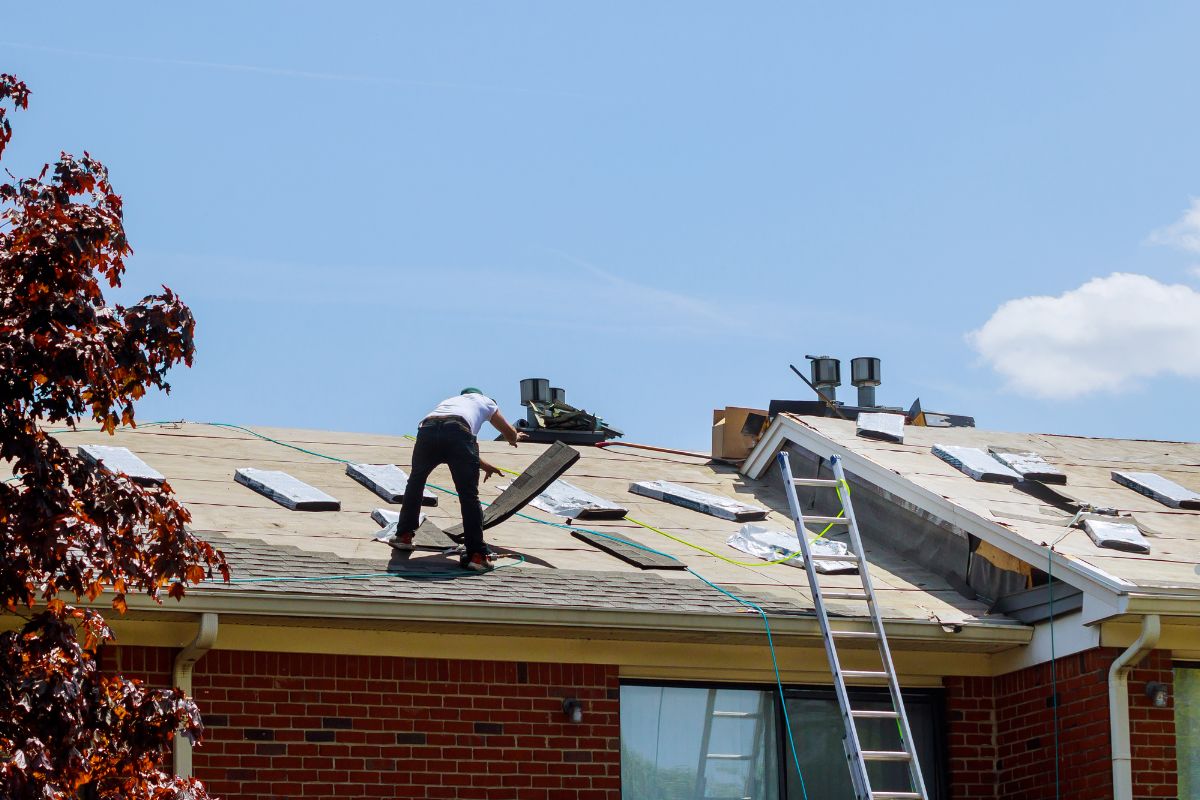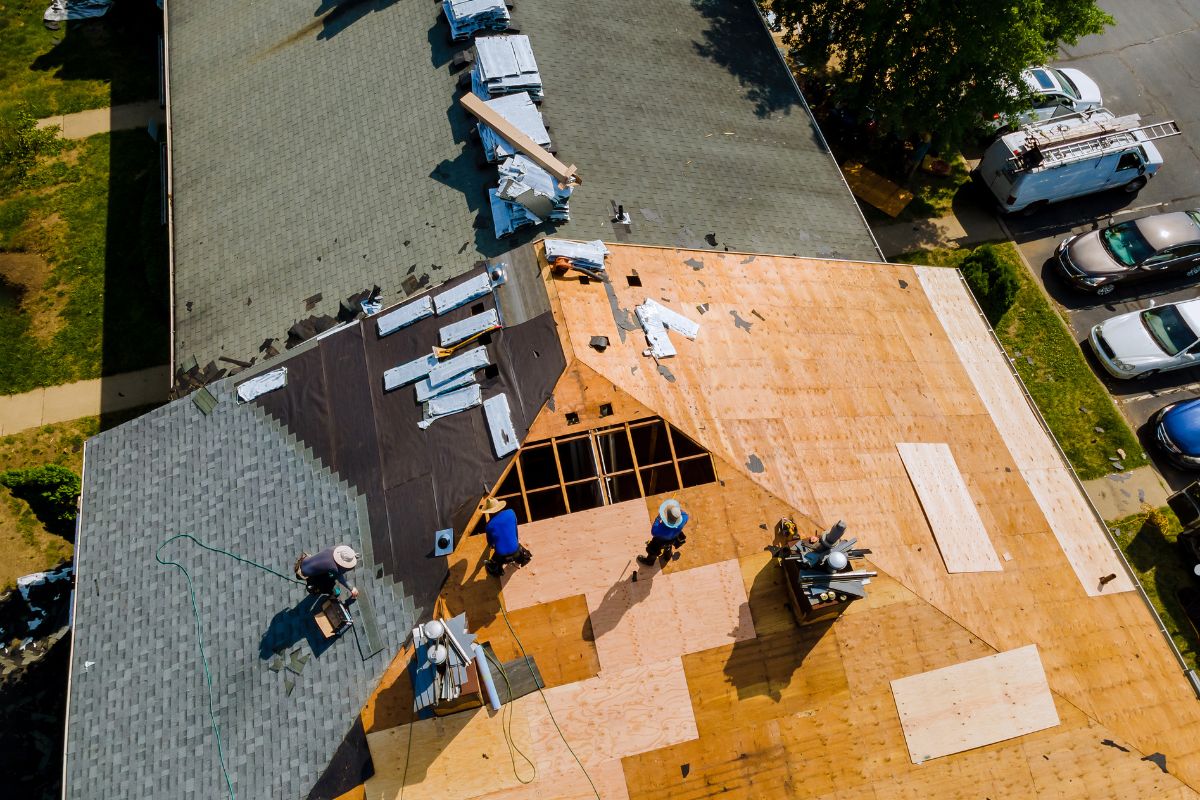
Deciding between EPDM and TPO roofing can be a tough call. Both are popular single-ply membrane options often used on commercial buildings, but they have key differences. Generally, TPO excels in energy efficiency and cost-effectiveness, while EPDM boasts superior durability and a longer lifespan. However, the “best” choice depends entirely on your specific needs, budget, and building requirements. Let’s dive into a comprehensive comparison to help you make the right decision.
What is EPDM Roofing?
EPDM (Ethylene Propylene Diene Monomer) roofing is a synthetic rubber roofing membrane known for its exceptional durability and resistance to extreme weather conditions. Often referred to as “rubber roofing,” EPDM is commonly used on low-slope and flat roofs of commercial and industrial buildings, although it’s gaining popularity in residential applications too. Its flexibility and ability to withstand expansion and contraction make it a reliable choice for a wide range of climates.
What is TPO Roofing?
TPO (Thermoplastic Polyolefin) roofing is a single-ply reflective roofing membrane made from a blend of polypropylene and ethylene-propylene rubber. TPO has quickly become one of the most popular commercial roofing choices due to its excellent balance of performance, cost-effectiveness, and energy efficiency. Like EPDM, TPO is well-suited for low-slope and flat roofs and is available in a variety of colors, with white being the most common (and most reflective).
Discover our services for expert roofing solutions, including EPDM and TPO installation, repairs, and maintenance tailored to your needs.
EPDM vs. TPO: Key Differences

Let’s break down the key differences between EPDM and TPO across various aspects:
- Composition: EPDM is a synthetic rubber, while TPO is a blend of plastic and rubber polymers.
- Durability: EPDM generally has superior tear resistance and can withstand more wear and tear than TPO. TPO’s durability has improved in recent years, but it can be more susceptible to punctures, especially in areas with heavy foot traffic.
- Installation: EPDM can be installed using adhesives, ballasting, or mechanical fasteners. TPO is typically heat-welded, creating strong, watertight seams.
- Cost: TPO is generally less expensive than EPDM, both in terms of materials and installation.
- Energy Efficiency: TPO, especially white TPO, is highly reflective, making it more energy-efficient than EPDM. This can lead to significant savings on cooling costs in warmer climates.
- Aesthetics: EPDM is typically available in black, although some manufacturers offer gray or white options. TPO comes in a wider range of colors, allowing for more aesthetic flexibility.
- Environmental Impact: Both EPDM and TPO are recyclable, but TPO is generally considered more environmentally friendly due to its energy-efficient properties and reduced reliance on petroleum-based products.
Need reliable roofing services? Whether it’s repairs, replacements, or new installations, we’ve got you covered! Quality workmanship at affordable rates. Call us now for a free estimate and protect your home with the best!
Pros and Cons of EPDM Roofing
Pros:
- Exceptional durability and lifespan (often 20-30 years or more)
- Excellent resistance to extreme weather conditions
- Flexibility and ability to withstand expansion and contraction
- Relatively easy to repair
Cons:
- Higher upfront cost compared to TPO
- Limited color options (primarily black)
- Can absorb heat, leading to higher cooling costs in warmer climates
Pros and Cons of TPO Roofing
Pros:
- Lower upfront cost compared to EPDM
- Excellent energy efficiency, especially with white TPO
- Available in a variety of colors
- Lightweight and easy to install
- Environmentally friendly
Cons:
- Shorter lifespan compared to EPDM (typically 15-20 years)
- Can be more susceptible to punctures and tears
- Quality can vary significantly between manufacturers
EPDM vs. TPO Roofing: Which is Better for Your Roof? Compare durability, cost, and energy efficiency to make the right choice. Need expert guidance? Call us now for a free consultation and get the best roofing solution for your needs!
Which Roof is Right for You?

The best roofing choice depends on several factors:
- Climate Considerations: In hot climates, TPO’s reflectivity can lead to significant energy savings. In areas with extreme weather or frequent hail, EPDM’s durability may be a better choice.
- Building Type: For commercial buildings with large, flat roofs, both EPDM and TPO are suitable. For residential applications, aesthetics may play a larger role, making TPO a more appealing option.
- Budget: If cost is a primary concern, TPO is generally the more affordable choice.
- Longevity Expectations: If you’re looking for a roof that will last for 25-30 years or more, EPDM is a better investment.
Maintenance and Repair
- EPDM Maintenance: EPDM roofs require minimal maintenance. Regular inspections to check for punctures or tears are recommended. Seams should be inspected and resealed as needed.
- TPO Maintenance: TPO roofs should also be inspected regularly for punctures, tears, and seam damage. It’s important to ensure that the seams remain tightly sealed to prevent leaks.
Choosing between a metal roof and a shingle roof for your Chicago home can be challenging. Your decision depends on factors like budget, aesthetics, and longevity. While shingle roofs are more affordable upfront, metal roofs provide exceptional durability and long-term savings. This detailed guide explores the pros and cons of each to help you decide. Learn more here.
FAQ’s
What is the lifespan of an EPDM roof?
An EPDM roof can last 20-30 years or more with proper maintenance.
What is the lifespan of a TPO roof?
A TPO roof typically lasts 15-20 years.
Is TPO roofing more energy-efficient than EPDM?
Yes, especially white TPO, which reflects sunlight and reduces cooling costs.
How much does EPDM roofing cost?
EPDM roofing typically costs between $[insert price range] per square foot installed. ( Remember cost can vary GREATLY).
How much does TPO roofing cost?
TPO roofing typically costs between $[insert price range] per square foot installed. ( Remember cost can vary GREATLY).
Is EPDM roofing environmentally friendly?
EPDM is recyclable and has a low environmental impact during manufacturing.
Is TPO roofing environmentally friendly?
TPO is recyclable, energy-efficient, and requires less petroleum-based products in its production.
Can I install EPDM or TPO roofing myself?
While DIY installation is possible, it’s highly recommended to hire a qualified roofing contractor to ensure proper installation and avoid voiding the warranty.
How do I find a qualified roofing contractor?
Look for contractors with experience in EPDM or TPO installation, proper licensing and insurance, and positive reviews.
Conclusion
Choosing between EPDM and TPO roofing depends on your specific needs and priorities. If durability and longevity are paramount, EPDM is a solid choice. If you’re looking for a cost-effective and energy-efficient option, TPO is a great alternative. Carefully consider the factors discussed in this article and consult with a qualified roofing contractor to determine the best roofing solution for your building.
Protect your home with expert roofing services! From repairs to installations, we ensure durability and quality. Get a free estimate today. Contact us now. Reliable, affordable, and built to last!

